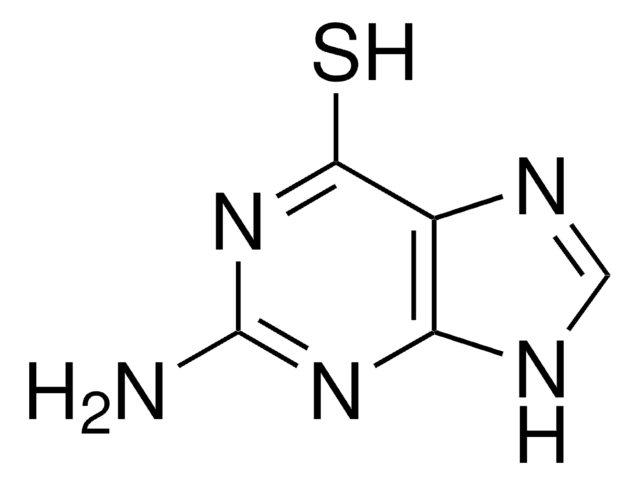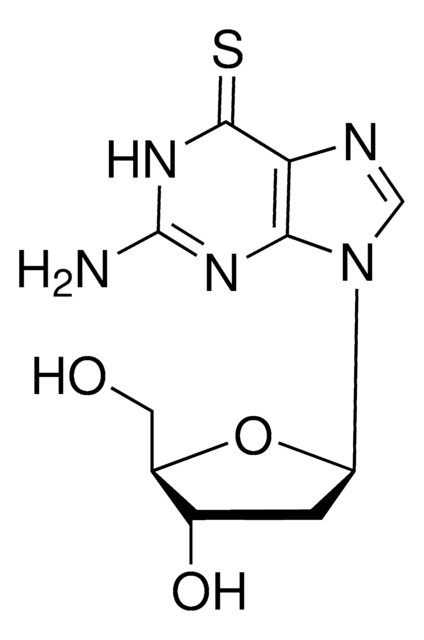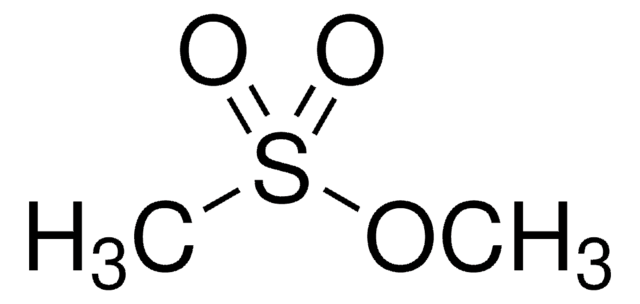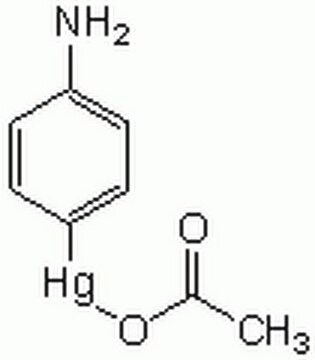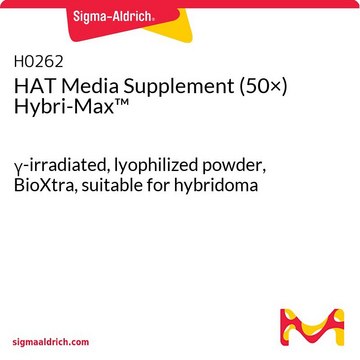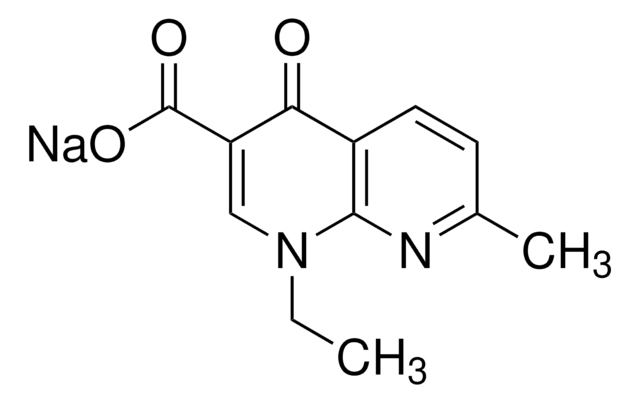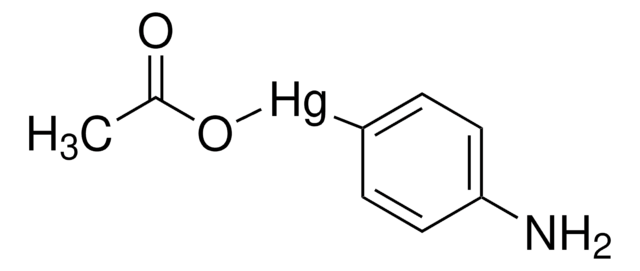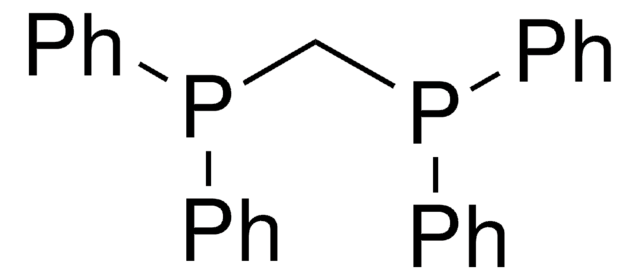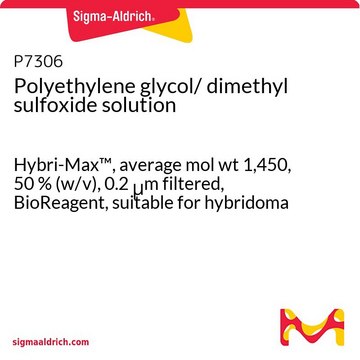Key Documents
A4660
6-Thioguanine
Hybri-Max™, 50 ×, γ-irradiated, lyophilized powder, BioXtra, suitable for hybridoma
Synonim(y):
2-Amino-6-mercaptopurine, 2-Amino-6-purinethiol
About This Item
Polecane produkty
pochodzenie biologiczne
synthetic (organic)
Poziom jakości
klasa czystości
Hybri-Max™
sterylność
γ-irradiated
linia produktu
BioXtra
Próba
~98%
Postać
lyophilized powder
stężenie
50 ×
metody
cell culture | hybridoma: suitable
zanieczyszczenia
endotoxin, tested
mp
≥300 °C (lit.)
rozpuszczalność
1 M NaOH: 50 mg/mL, clear to slightly hazy
temp. przechowywania
room temp
ciąg SMILES
NC1=Nc2nc[nH]c2C(=S)N1
InChI
1S/C5H5N5S/c6-5-9-3-2(4(11)10-5)7-1-8-3/h1H,(H4,6,7,8,9,10,11)
Klucz InChI
WYWHKKSPHMUBEB-UHFFFAOYSA-N
informacje o genach
human ... IMPDH1(3614) , IMPDH2(3615)
Szukasz podobnych produktów? Odwiedź Przewodnik dotyczący porównywania produktów
Powiązane kategorie
Zastosowanie
Działania biochem./fizjol.
Rekonstytucja
Informacje prawne
Hasło ostrzegawcze
Danger
Zwroty wskazujące rodzaj zagrożenia
Zwroty wskazujące środki ostrożności
Klasyfikacja zagrożeń
Acute Tox. 3 Oral
Kod klasy składowania
6.1C - Combustible acute toxic Cat.3 / toxic compounds or compounds which causing chronic effects
Klasa zagrożenia wodnego (WGK)
WGK 3
Temperatura zapłonu (°F)
Not applicable
Temperatura zapłonu (°C)
Not applicable
Środki ochrony indywidualnej
Eyeshields, Faceshields, Gloves, type P2 (EN 143) respirator cartridges
Certyfikaty analizy (CoA)
Poszukaj Certyfikaty analizy (CoA), wpisując numer partii/serii produktów. Numery serii i partii można znaleźć na etykiecie produktu po słowach „seria” lub „partia”.
Masz już ten produkt?
Dokumenty związane z niedawno zakupionymi produktami zostały zamieszczone w Bibliotece dokumentów.
Klienci oglądali również te produkty
Nasz zespół naukowców ma doświadczenie we wszystkich obszarach badań, w tym w naukach przyrodniczych, materiałoznawstwie, syntezie chemicznej, chromatografii, analityce i wielu innych dziedzinach.
Skontaktuj się z zespołem ds. pomocy technicznej